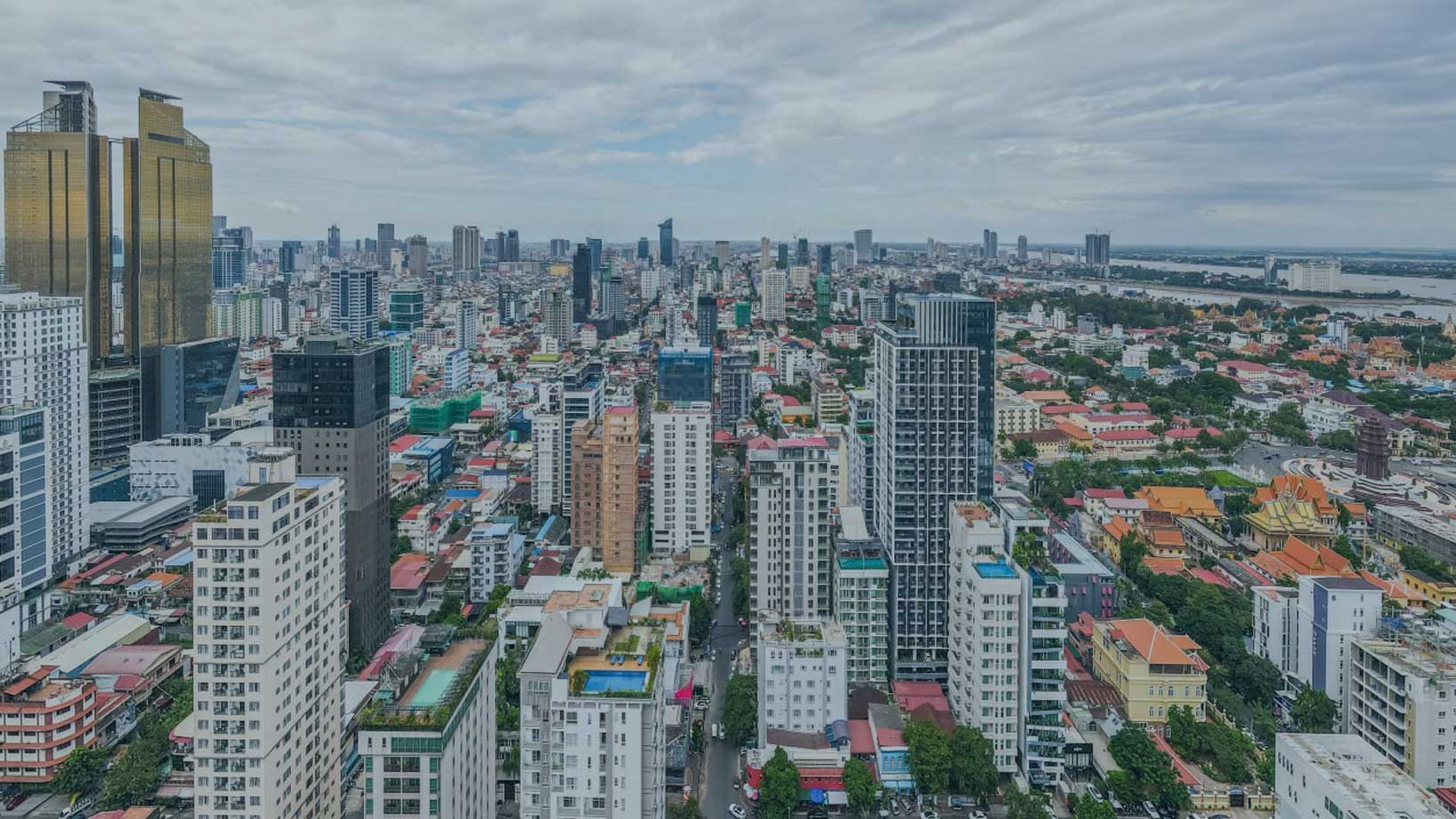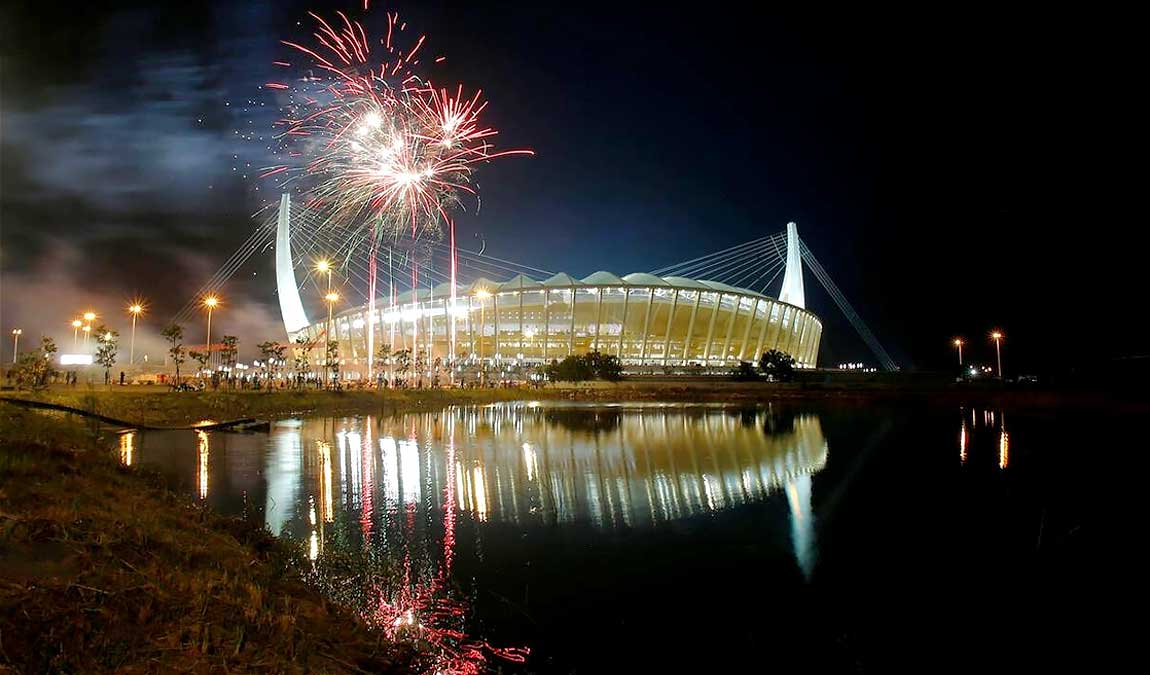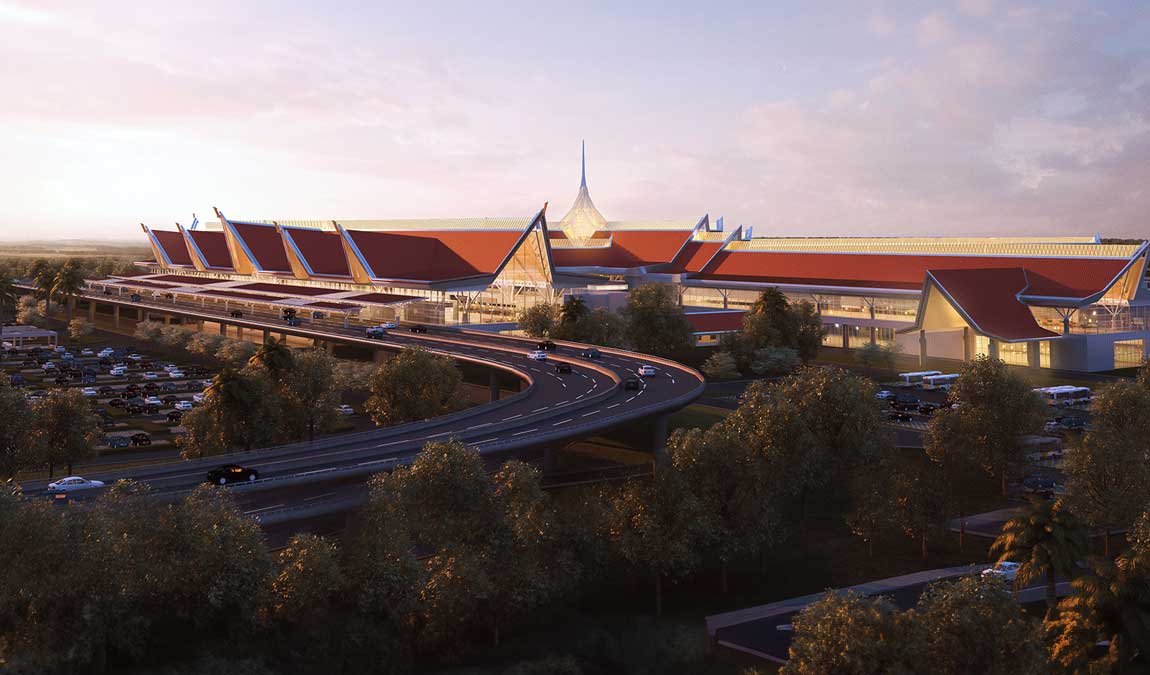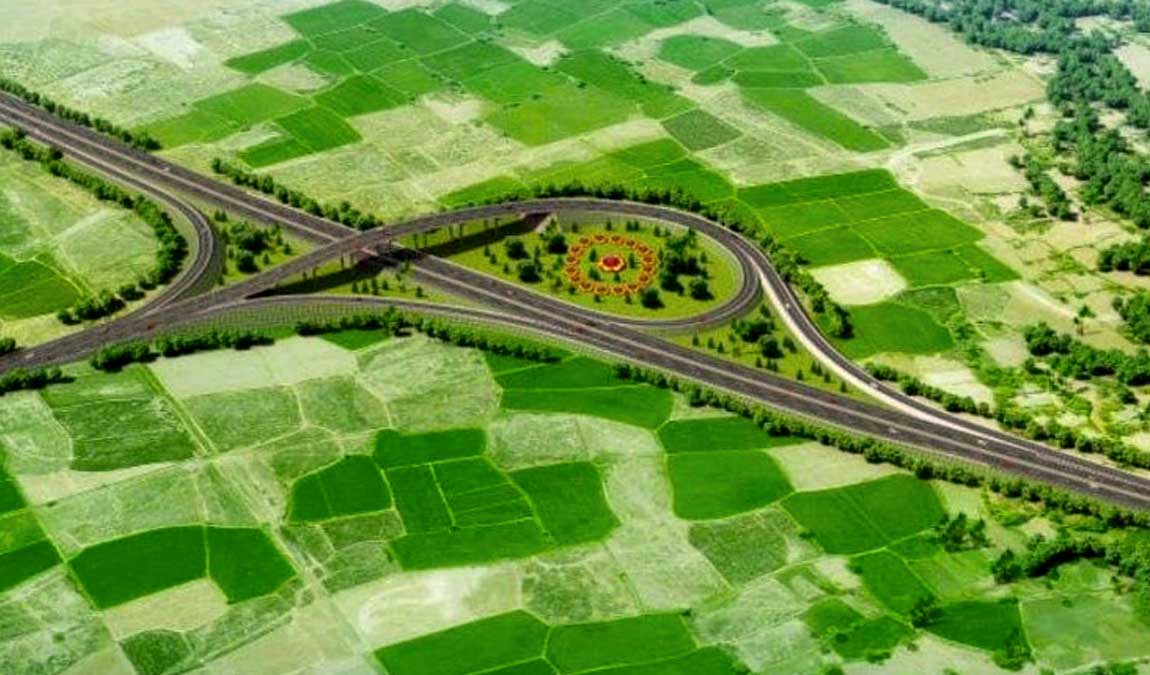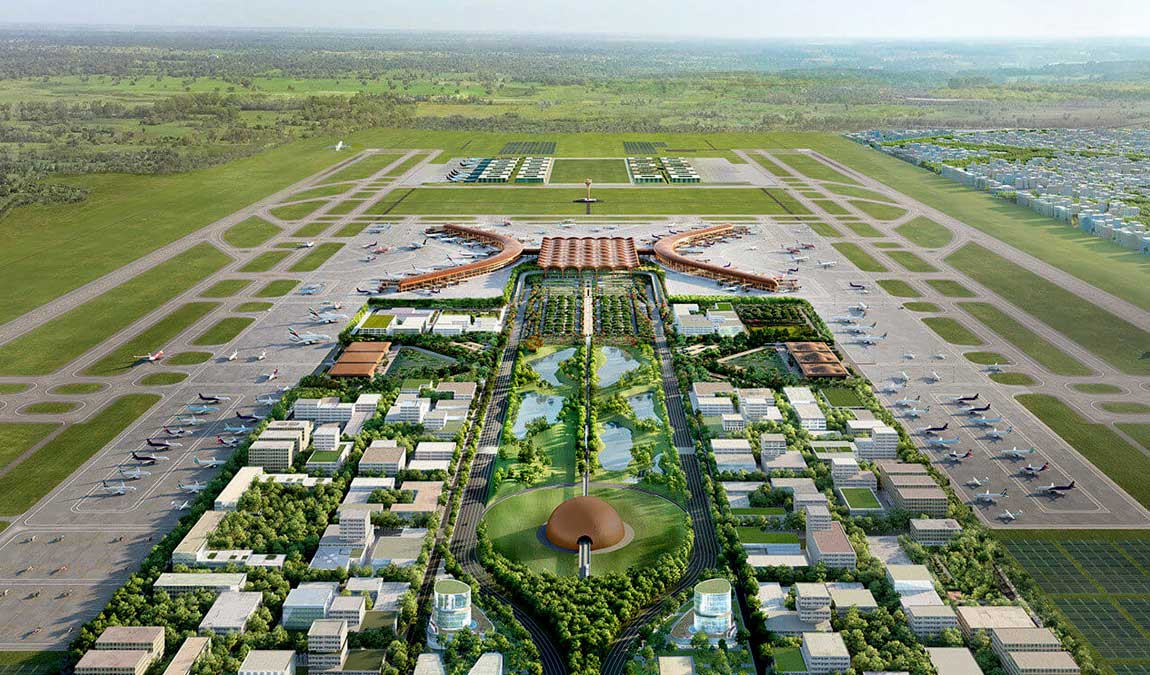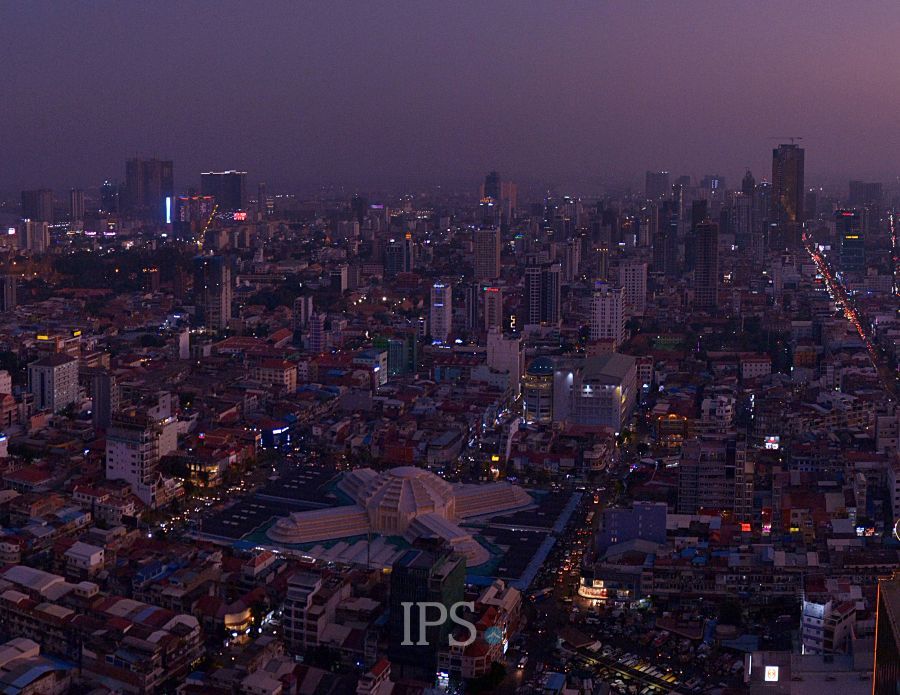The Infrastructure Revolution in Cambodia
The government of Cambodia is making substantial investments in infrastructure to foster robust economic growth and enhance the well-being of its citizens. This infrastructure boom in Cambodia is yielding a multitude of positive outcomes for the nation, including:
Accelerated economic growth
The introduction of new infrastructure is attracting an influx of tourists and businesses, thereby propelling economic growth within Cambodia.
Job generation
The construction and operation of these new infrastructure projects are generating employment opportunities for thousands of individuals.
Enhanced connectivity
The newly developed infrastructure is significantly improving connectivity between Cambodia and the broader regional economy. This seamless connection facilitates smoother trade for businesses and enables convenient travel for individuals.
Reduced carbon emissions
Certain components of the new infrastructure are curbing carbon emissions by providing an eco-friendly alternative to road and rail transportation.
Elevated quality of life
The newly established infrastructure is elevating the overall quality of life for the people of Cambodia. It simplifies transportation, making it easier for individuals to move around, and grants access to essential services, further enhancing people’s daily lives.
Major infrastructure projects planned or under way in Cambodia include:
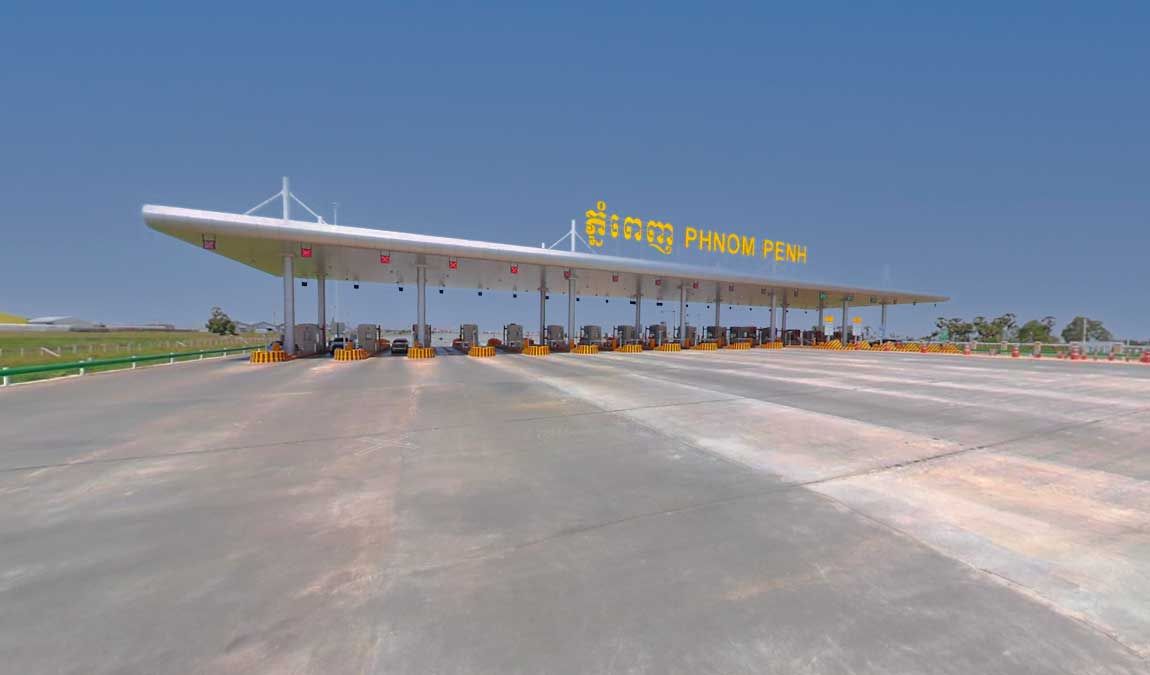
Phnom Penh–Sihanoukville Expressway
- Opened to the public on 1 October 2022, this US$2 billion expressway was built by the China Road and Bridge Corporation (CRBC).
- It is a 190km-long expressway that reduces travel time from Phnom Penh to the coastal city and tourist destination from six hours to three hours.
- This expressway will stimulate economic growth by facilitating trade and tourism.
Morodok Techo National Stadium
- This new stadium has been built in Phnom Penh and is the largest stadium in Cambodia, with a capacity of 60,000 people.
- The stadium was built for the 2023 Southeast Asian Games and is expected to boost sports tourism in Cambodia.
- It was funded by China as part of the Belt and Road Initiative.
Siem Reap–Angkor International Airport
- This US$880 million airport is expected to be completed in October 2023.
- The airport will have the capacity to transport seven million passengers per year.
- The increased capacity of the airport is expected to result in an additional one million tourists visiting Cambodia each year.
- The airport is expected to boost trade between Cambodia and its neighbours by US$1 billion per year.
Phnom Penh–Siem Reap Expressway
- This expressway will connect the capital city of Phnom Penh to the popular tourist destination of Siem Reap. It is expected to cost US$2.5 billion.
- The feasibility study for the expressway is expected to be completed in 2023. If the study is successful, the construction of the expressway is expected to begin in 2024.
- The expressway will reduce travel time between Phnom Penh and Siem Reap from five hours to two hours.
- The expressway will make travel easier between Phnom Penh and Siem Reap, and will promote tourism in Siem Reap, which is home to the famous Angkor temple complex.
Phnom Penh–Bavet Expressway
- This US$1.35 billion expressway is scheduled to be completed in 2025, reducing travel time between Phnom Penh and Bavet, the border town with Vietnam, from three hours to one hour.
- The expressway is expected to boost economic growth in Cambodia by making it easier for people and goods to travel between Phnom Penh and the Vietnam border.
Techo Takhmao International Airport (also known as Phnom Penh New International Airport)
- Currently under construction in Kandal Province, about 20km from Phnom Penh, this US$1.5 billion project is expected to be completed in 2025 and will be the largest airport in Cambodia.
- The airport will have the capacity to accommodate 50 million passengers per year. It is expected to attract an additional two million tourists to Cambodia each year.
- The airport is expected to boost trade between Cambodia and its neighbours by US$1 billion per year.
High-speed rail link between Phnom Penh and the Thai border
- A feasibility study has been completed, and the Cambodian Government has expressed interest in moving forward with this US$4 billion project.
- The 382km rail line enable speeds of up to 160km per hour, and it is expected to be completed in four years from commencement.
- The high-speed rail link will facilitate transport between Phnom Penh and Thailand.
- In March 2023, a Chinese delegation visited Cambodia to discuss the project.
Dara Sakor International Port
- The seaport is expected to cost US$1 billion and will be able to handle up to 10 million tonnes of cargo per year.
- The seaport is scheduled to be completed in 2027.
- The port is expected to reduce Cambodia’s reliance on neighbouring ports for trade by providing Cambodia with a direct link to the sea.
Improvements in Cambodia’s Construction Industry
The backbone of any economy is the construction industry, as it supports a wide range of sectors. For instance, the quality of life of local residents could be compromised if there were limited residential and commercial properties in the market. For this reason, it is necessary for the construction industry to continually innovate by condensing timelines for projects and improving their quality so that other sectors can benefit.
Cambodia’s construction industry has undergone significant changes in the past few years, positively impacting the industry and the local community. Below are some of the latest innovations that have had a positive effect on the industry.
Increased Number of Construction Projects
The number of construction projects approved in Cambodia has increased significantly, with steady growth each year. Between 2008 and 2018, the Ministry of Land Management, Urban Planning and Construction (MLMUC) approved 43,136 projects, amounting to more than US$43.3 billion in investment capital. In 2021 alone, MLMUC approved 4,302 new development projects covering 12,998,072 square metres. Residential real estate, especially in cities such as Phnom Penh, has seen a significant increase in supply, with the number of condominiums expected to grow from 21,935 in the second quarter of 2020 to 53,512 by the end of 2023.
 Construction site in Phnom Penh
Construction site in Phnom Penh
Fast-tracked Construction Projects
A dependable and quality construction project cannot be rushed, but with the right team, it can be fast-tracked. Experienced companies in Cambodia take on several projects in quick succession, leading to the completion of commercial and residential projects within one to three years. While delays are always a risk in any construction project, the fast-paced completion of construction projects contributes significantly to the economy and the welfare of the community. However, this rapid pace may negatively impact creativity, requiring architectural and design companies to push boundaries to sustain creativity while ensuring quality.
Surge of Foreign and Local Investors
The surge in construction and development projects in Cambodia is largely due to the increase in both foreign and local investors. The immense potential of the Cambodian real estate landscape provides all types of investors the opportunity to profit and also assist the country in developing its infrastructure. Although local investors are involved to a significant degree, foreign investors are the biggest contributors to construction projects. As an example, a report released by MLMUC in 2019 revealed that approvals for foreign investment in the first quarter of the year were worth over US$367 million, with China the largest contributor at US$315 million for construction projects.

ODOM – LEED Certified Development
Sustainable Projects
Most construction projects in Cambodia prioritise sustainable living to minimise environmental disruption. Rural areas of the country as well as tourist spots, such as Siem Reap, require infrastructure development, yet the large proportion of land occupied by forests and nature means that sustainability must be a priority.
Recent and new construction projects prioritise sustainability and the green environment in their plans. ‘Green’ developments are valued higher and, therefore, are more attractive to investors.
Cambodia follows international standards for green buildings, with the Leadership in Energy and Environment (LEED) certification system awarding some buildings, such as the Vattanac Capital, with certifications. This building is the first gold LEED-certified project in Cambodia and features two towers with 39 floors, a luxury hotel, office and retail spaces, serviced apartments, and a rooftop bar. Factors such as energy efficiency, water conservation, sustainable site selection, green building materials and waste reduction contributed to the certification. These standards will see future construction projects, including ODOM by ULS Cambodia, encouraged to follow sustainable benchmarks.
• Introduction to Cambodia
» Introduction to Phnom Penh
» Introduction to Siem Reap
» Monarchy & Government
• Tourism & Residency
» Thriving Tourism Industry
» Visas in Cambodia
• Healthcare & Education
» Healthcare in Cambodia
» Education in Cambodia
» International Schools in Cambodia
• Technology
» The Rise of Technology in Cambodia

